What kind of noodles would you like to try when you come to Japan? Ramen, udon, or perhaps soba? When asked about summer, many Japanese people would mention a food called somen (そうめん). While I’m not sure how familiar people from other countries are with it, today I’d like to talk about somen, a quintessential summer dish in Japan.
About somen
Somen is made by mixing wheat flour with salt and water, kneading the dough thoroughly and then coating it with edible oil, such as cottonseed oil, or with flour. The dough is then stretched, twisted, dried, and aged. The noodles are characterized by their thinness, with a diameter of less than 1.3 mm. Somen is believed to have originated from a Chinese confection called sakubei and was introduced to Japan during the Nara period (710 – 794 AD), eventually becoming the prototype for the somen we know today.
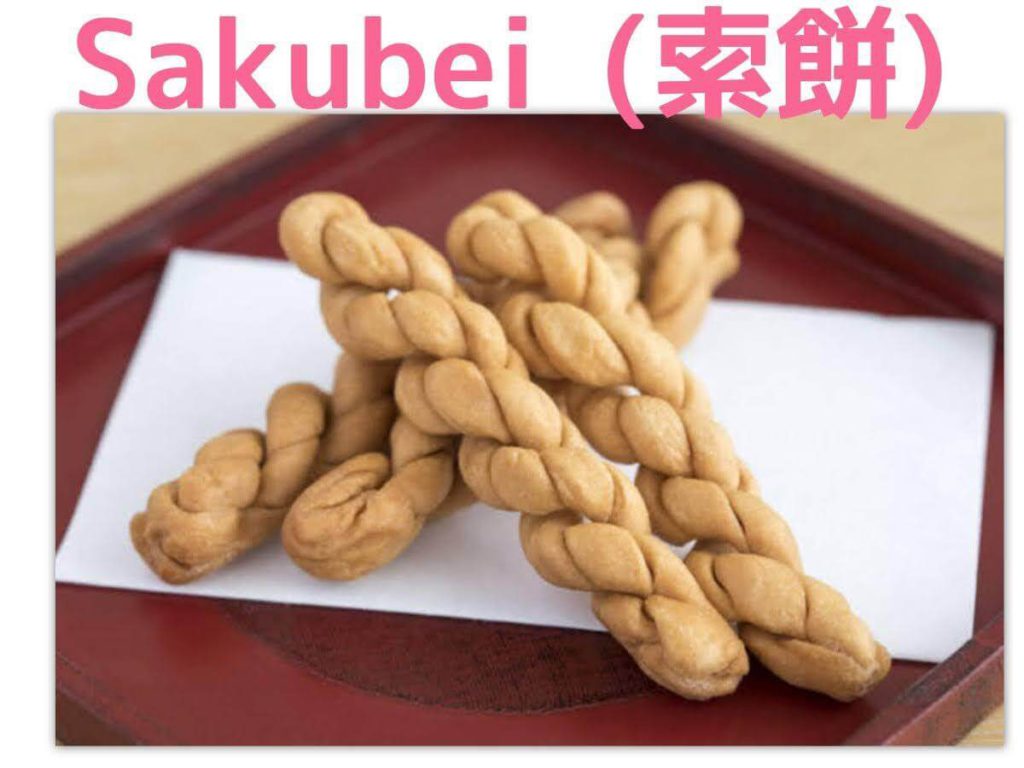
A document from 1272 mentions that somen and sake were offered at a shrine as part of the Tanabata celebration. At that time, somen was a delicacy reserved for the upper class, including monks, aristocrats, and samurai, and it was served as an accompaniment to sake or as part of vegetarian cuisine. It is believed that somen took its current form during the Muromachi period (1336–1573). Later, the custom of offering somen on Tanabata (July 7th) spread widely. This practice was seen as a charm to ward off illness, and the thin, long noodles were seen as resembling threads, symbolizing a prayer for improved sewing skills.
How to cook somen
- Boil a large pot of water and add the somen noodles while separating them.
- Once boiling, add a small amount of water to regulate the temperature, it’s called Sashimizu (差し水), then wait for it to return to a boil.
- When it starts boiling again, turn off the heat and quickly rinse the noodles under cold running water to cool them down and remove any residue.
- Once the surface sliminess is gone, drain the noodles in a colander.
Unlike other noodles (dry noodles) that take 5 to 10 minutes to cook, somen only takes about 1.5 to 2 minutes. I highly recommend trying to make it yourself. Additionally, since somen can be easily adapted to various recipes, it would make a great souvenir to bring back.
The Appeal of Somen
Somen is a light and refreshing dish that can be easily enjoyed even on hot summer days when you’re feeling fatigued and have little appetite. But somen is not just a summer food—it’s a versatile ingredient that can be enjoyed year-round. In summer, you can cool the noodles and enjoy them with a cold dipping sauce for a refreshing meal. In winter, you can serve them as nyumen which is a Japanese dish that consists of somen noodles served in a warm broth.
Somen also has a long shelf life, with many varieties having a best-before date of 2 to 3 years, making it a popular choice for gifts. Some types of somen even improve in flavor as they age, allowing you to enjoy them at their best over time. Additionally, it is sold in supermarkets throughout Japan all year, making it an affordable, convenient, and indispensable ingredient in the kitchen.
Not only can somen be boiled or simmered, but it can also be grilled or fried, offering a wide range of culinary possibilities. It’s even very handy for preparing baby food.
With so many appealing qualities, there’s no reason not to make the most of this versatile ingredient.
Top 5 of somen
Additionally, somen is not limited to what is available in supermarkets. There are various production regions, particularly in western Japan, each with its own unique brand. Notably, the five major somen brands—Banshu Somen from Hyogo Prefecture, Miwa Somen from Nara Prefecture, Shodoshima Somen from Kagawa Prefecture, Handa Somen from Tokushima Prefecture, and Shimabara Somen from Nagasaki Prefecture—have firmly established their reputations as renowned brands. If you come across any of these while visiting tourist destinations in Japan, I highly recommend picking some up.
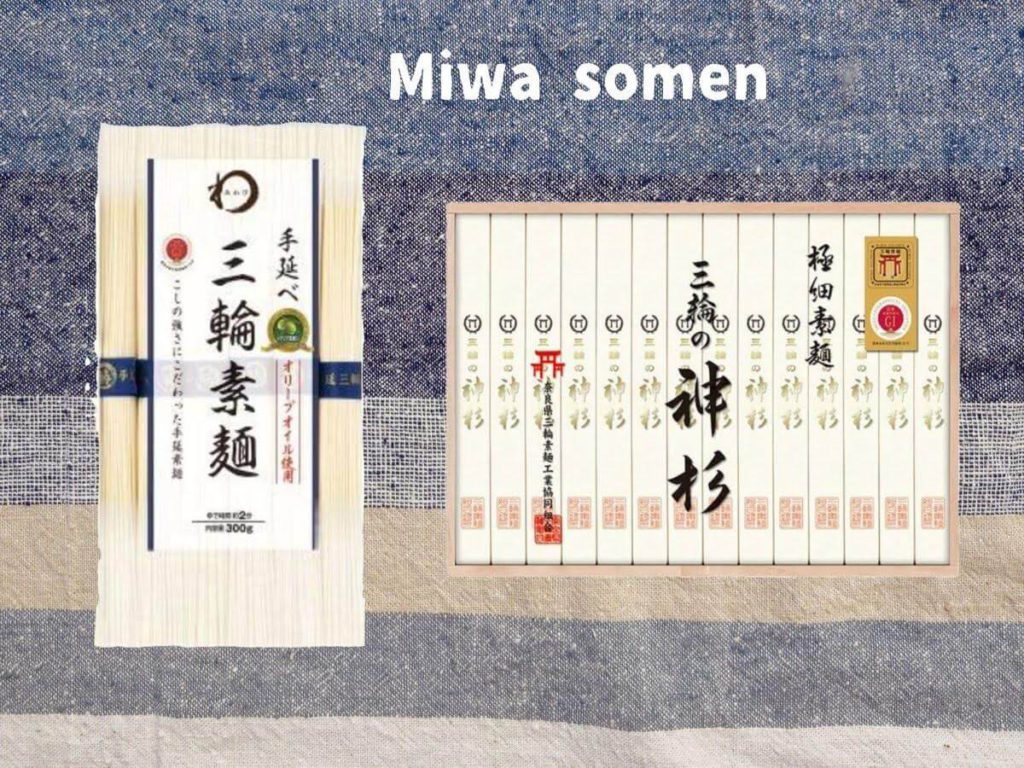
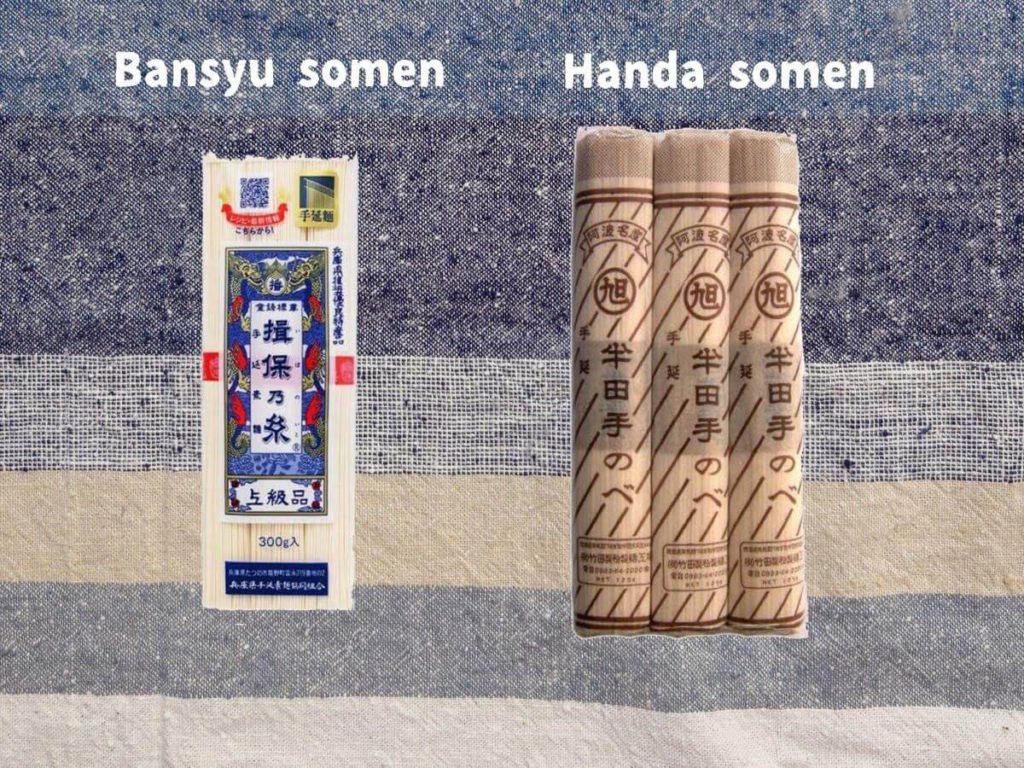
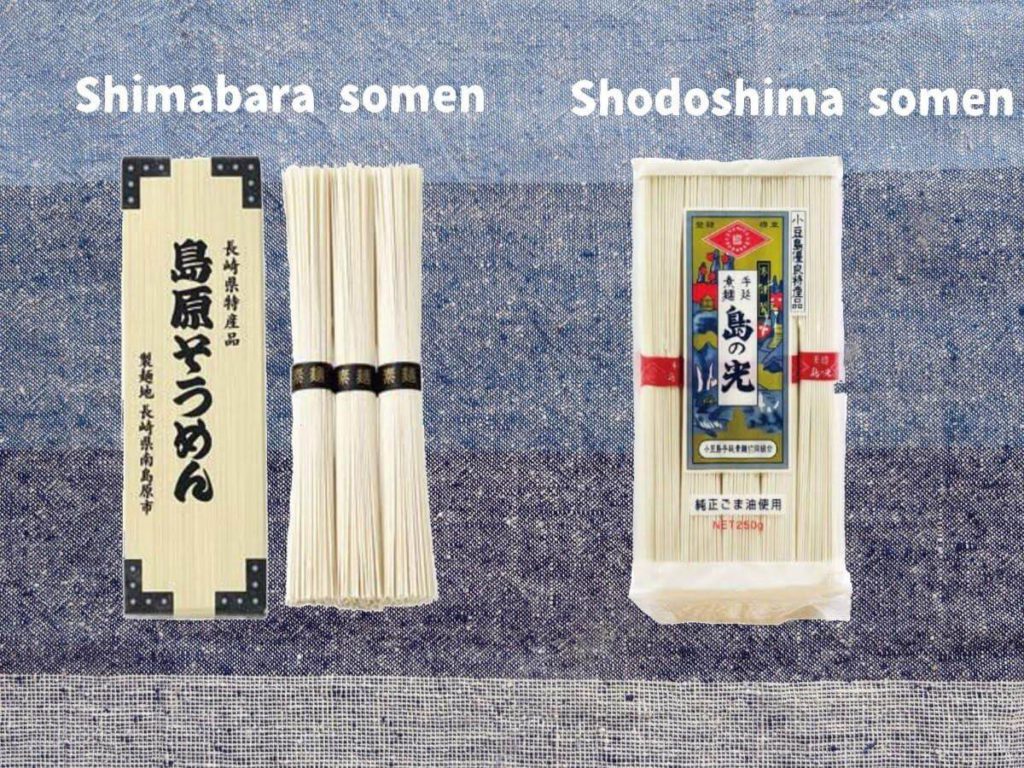
The table below highlights the characteristics of each brand. Please use it as a reference when making your selection.

Summer somen highlights
Nagashi somen (流しそうめん) involves using a bamboo trough that has been split lengthwise to flow both water and somen noodles together. Participants scoop the flowing noodles with chopsticks as they come by, making it a fun and interactive experience. Eating nagashi somen, whether in a competitive manner or simply enjoying the moment, satisfies both your stomach and your heart. The coolness of the flowing water, combined with the lightness of the noodles, provides a refreshing escape from the summer heat.
If you would like to experience it, please search for “nagashi somen experience.” It is held as a fun summer event in various locations throughout Japan.
Somen Dishes
Somen is typically prepared by boiling the noodles and then cooling them in cold water before serving with a dipping sauce made from dashi, soy sauce, and mirin. In the summer, it’s common to serve chilled somen with ice. Relishes like green onions, ginger, and myoga are often added for extra flavor.
In the hot summer, somen can be a lifesaver for mothers who have to cook every day, as it’s a quick and easy dish to prepare. However, just plain chilled somen might get boring after a while. But don’t worry! Somen is a versatile ingredient that can be transformed into various dishes.
The Japanese, known for their creativity, also bring color and fun to somen. Red somen made with red shiso or ume (plum), yellow somen with eggs, and green somen with matcha are all examples of how this playful touch can make the dish popular with children.
↓An Example of Somen Dishes
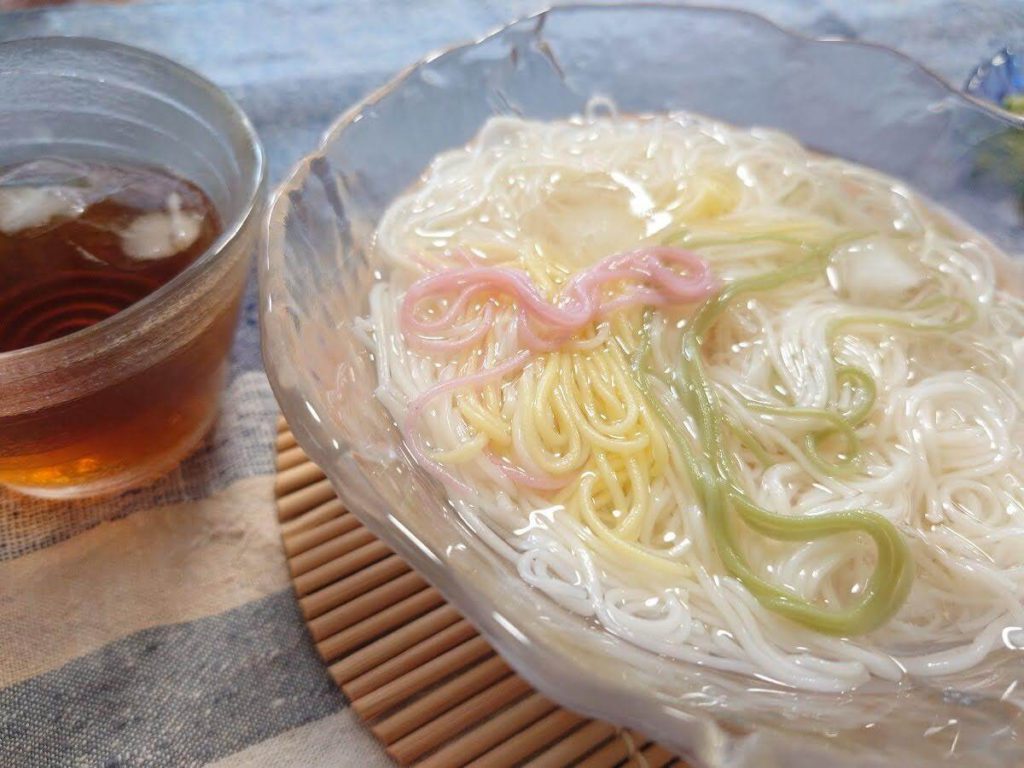
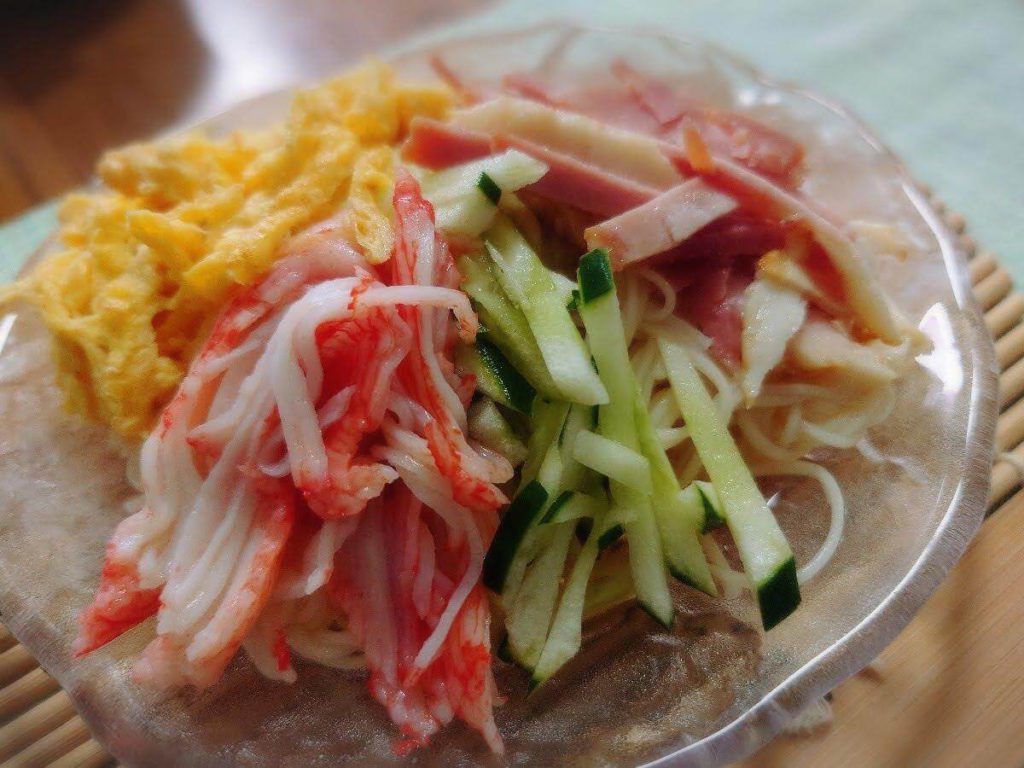
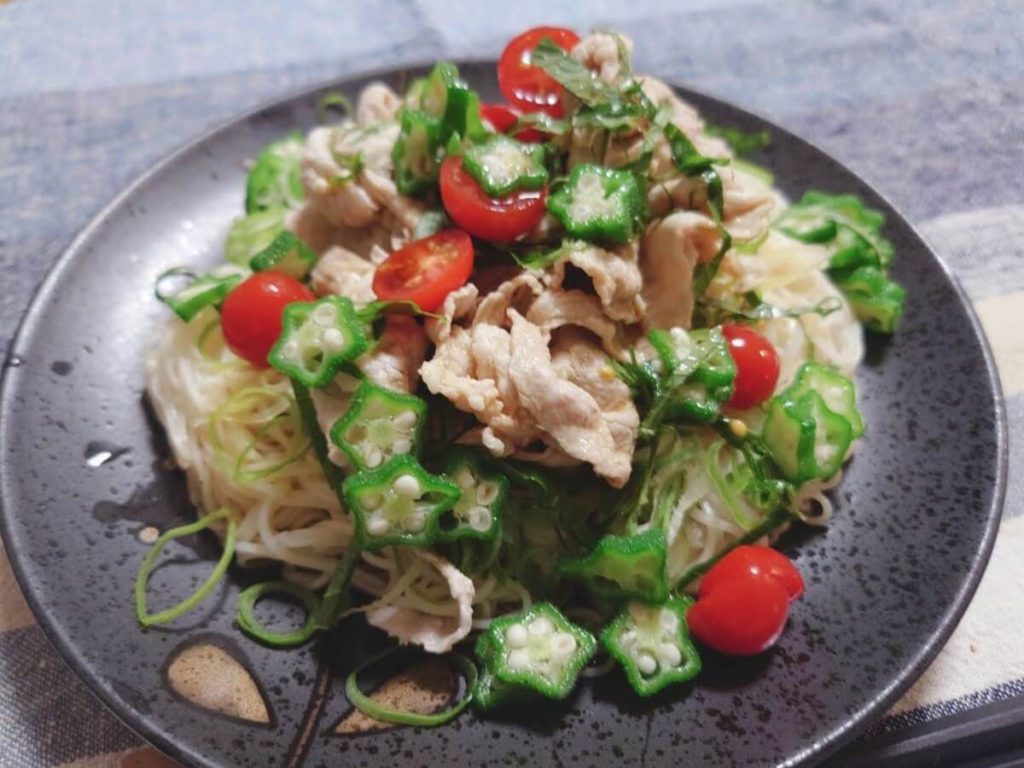


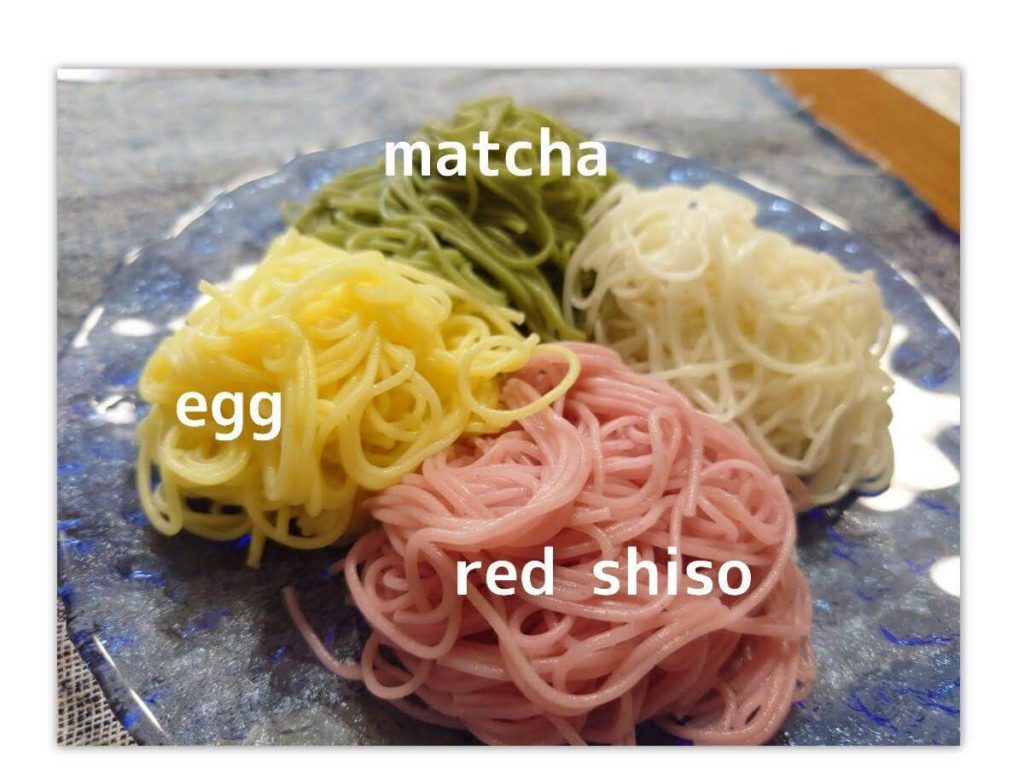
To summarize, how was it? Somen is widely available, very affordable, and easy to prepare. It’s a delicious noodle that you can make quickly, whether in the hot summer or the cold winter. I highly recommend buying it as a souvenir. Somen is a representative noodle of Japanese summers, and I’m sure you will come to love it.
Thank you for reading to the end.
I’m a clay artist, and a master of Japanese calligraphy “Onore-sho”. I have my own shop in Ikaruga town, Nara, which is near Horyuji temple: world heritage site. And I’m a volunteer English tour guide. I enjoy learning English everyday.

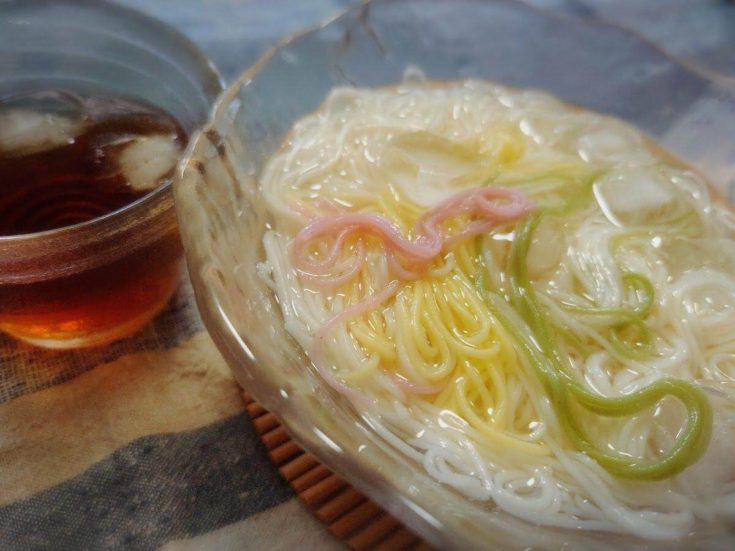

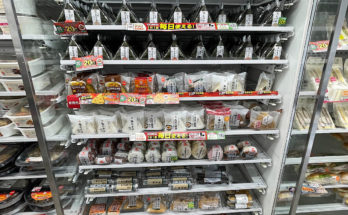

 HTJ has a YouTube page! Check it out
HTJ has a YouTube page! Check it out